Video Laryngoscope with LCD: A Game-Changer in Airway Management
Dec 21, 2023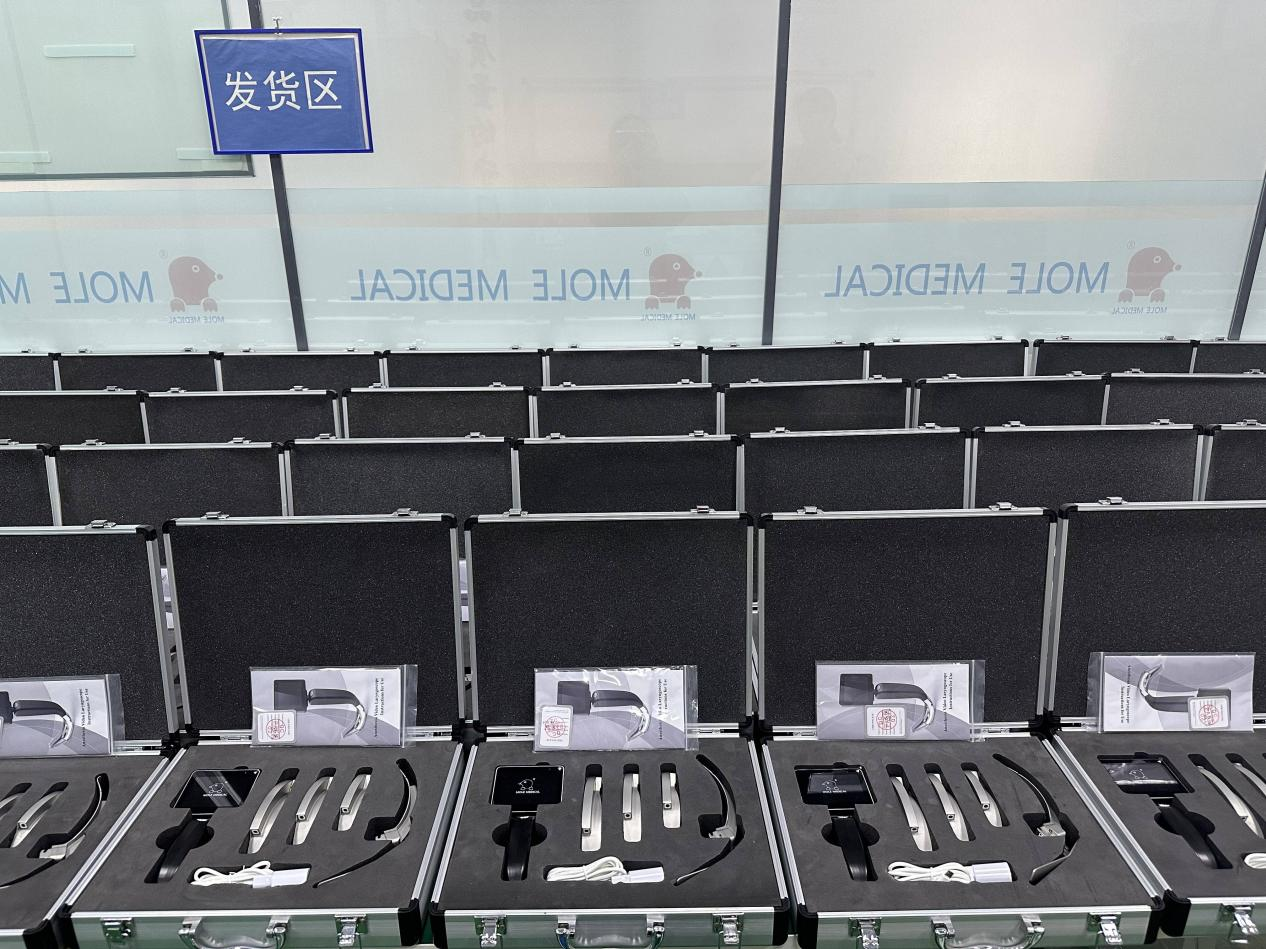
Video laryngoscopes with LCD screens are becoming increasingly popular in the medical industry. These devices are used to visualize the airway during intubation procedures, which is essential for successful intubation. The LCD screen provides a clear and detailed view of the airway, making it easier for medical professionals to navigate during the procedure.
Video laryngoscopes are a type of laryngoscope that use a camera to provide a video image of the airway. They are used to visualize the airway during intubation procedures, which is essential for successful intubation. The addition of an LCD screen to the video laryngoscope allows for a clearer and more detailed view of the airway, which can improve the success rate of intubation.
Key Takeaways
- Video laryngoscopes with LCD screens are becoming increasingly popular in the medical industry.
- These devices provide a clear and detailed view of the airway during intubation procedures.
- The addition of an LCD screen to the video laryngoscope can improve the success rate of intubation.
Overview of Video Laryngoscopes
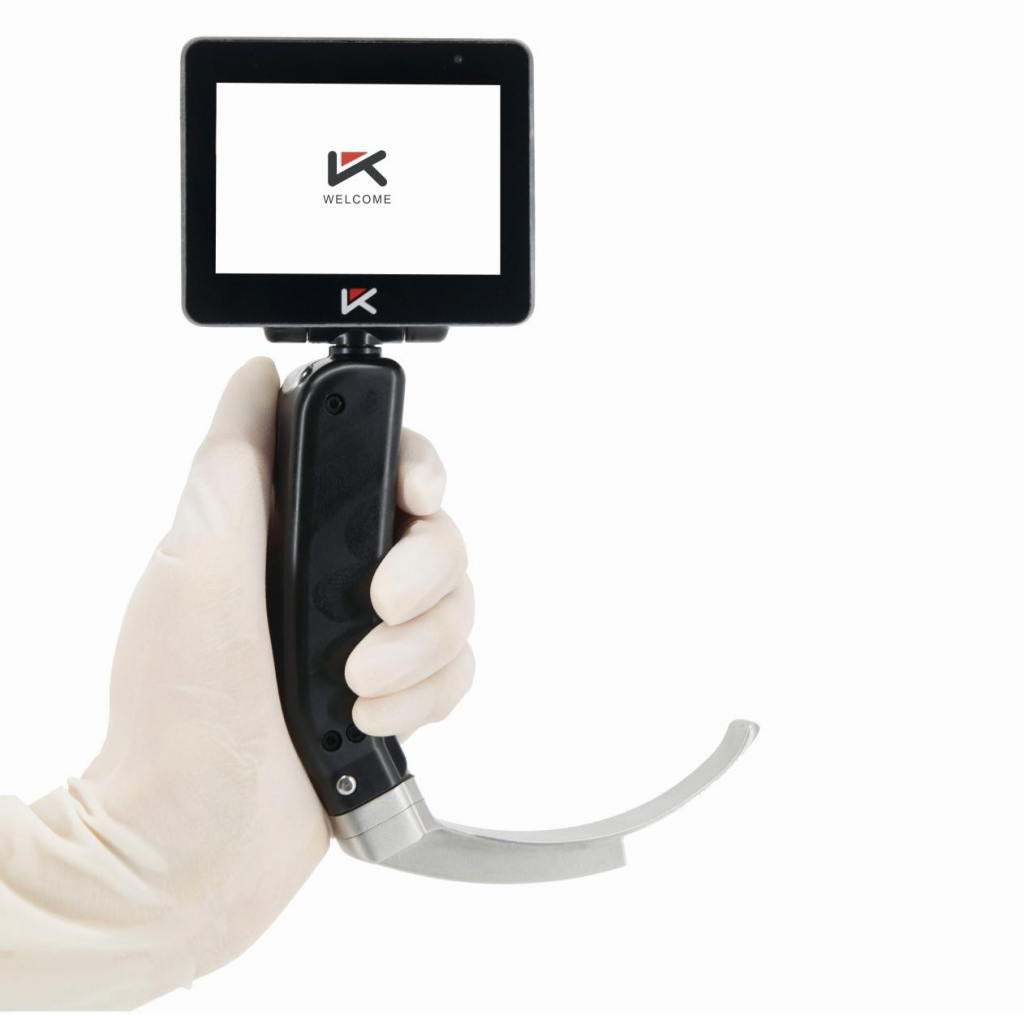
Video laryngoscopes are medical devices that are used to visualize the larynx during intubation. They are designed to help healthcare professionals achieve a clear view of the airway and improve the success rate of intubation.
Video laryngoscopes consist of a handle, a blade, and a video camera. The blade is inserted into the patient’s mouth and used to lift the tongue and epiglottis, providing a clear view of the larynx. The video camera captures the image and displays it on an LCD screen, allowing the healthcare professional to see the airway and guide the endotracheal tube into the correct position.
One of the advantages of video laryngoscopes is that they can be used in a variety of clinical settings, including emergency departments, operating rooms, and intensive care units. They are also useful in patients with difficult airways, such as those with obesity, facial trauma, or a history of difficult intubation.
Overall, video laryngoscopes are an important tool for healthcare professionals who need to perform intubation. They are easy to use, versatile, and provide a clear view of the airway, making them an essential part of any medical facility’s equipment.
Components of a Video Laryngoscope
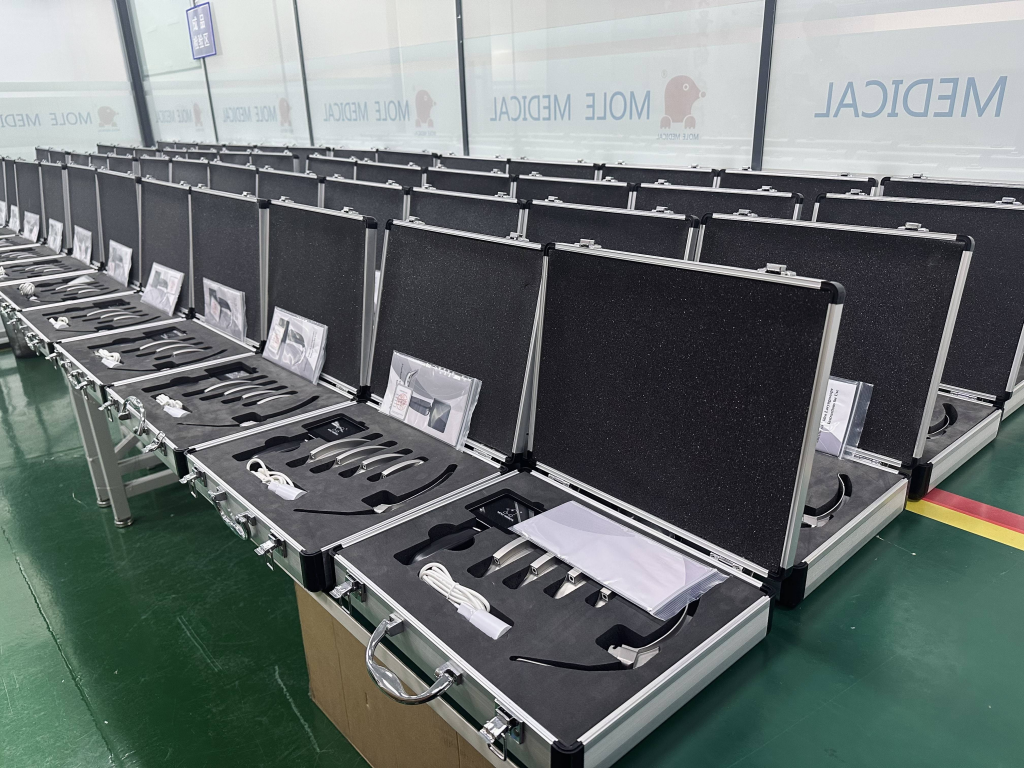
Video laryngoscopes with LCD screens are a recent technological advancement in the field of airway management. These devices have revolutionized the way in which healthcare professionals visualize the airway during intubation. Here are the key components of a video laryngoscope:
LCD Screen
The LCD screen is the most prominent feature of a video laryngoscope. It displays the image captured by the camera and provides a clear view of the patient’s airway. The size of the screen varies depending on the model and manufacturer, but most screens are between 2.5 and 4 inches in size. The screen is usually detachable, allowing for easy cleaning and replacement if needed.
Camera and Lighting
The camera and lighting system are critical components of a video laryngoscope. The camera is usually located at the tip of the blade and captures a high-quality video image of the airway. The lighting system illuminates the airway, providing a clear view for the healthcare professional. The camera and lighting system work together to provide a clear image of the airway, making intubation easier and more efficient.
Blade Types
There are several types of blades available for video laryngoscopes. The most common types are Macintosh and Miller blades. Macintosh blades have a curved shape that follows the natural curvature of the airway, while Miller blades are straight and provide a better view of the vocal cords. Other blade types include D-blades, S-blades, and hyperangulated blades. The choice of blade type depends on the patient’s anatomy and the healthcare professional’s preference.
Power Supply
Video laryngoscopes require a power supply to operate. Most devices are rechargeable and come with a charging dock. The battery life varies depending on the model and manufacturer, but most devices can be used for several hours on a single charge. Some devices also have a backup battery in case the primary battery fails.
In conclusion, video laryngoscopes with LCD screens are a valuable tool for healthcare professionals during intubation. The key components of these devices include the LCD screen, camera and lighting system, blade types, and power supply. These components work together to provide a clear view of the airway, making intubation easier and more efficient.
Advantages of Video Laryngoscopy

Video laryngoscopy has become increasingly popular in recent years due to its numerous advantages over traditional laryngoscopy. In this section, we will discuss some of the benefits of using a video laryngoscope with an LCD screen.
Enhanced Visualization
One of the most significant advantages of video laryngoscopy is the enhanced visualization it provides. With a video laryngoscope, the operator can see a magnified view of the airway on an LCD screen, allowing for better visualization of the vocal cords and other structures. This improved visualization can be especially helpful in patients with difficult airways or those with limited neck mobility.
Reduced Physical Strain
Another advantage of video laryngoscopy is the reduced physical strain on the operator. With traditional laryngoscopy, the operator must use a direct line of sight to visualize the airway, which can require awkward positioning and neck extension. With video laryngoscopy, the operator can maintain a more comfortable position while still being able to visualize the airway on the LCD screen.
Training and Education Benefits
Video laryngoscopy also offers several training and education benefits. With the magnified view provided by the LCD screen, trainees can more easily observe and learn the technique of intubation. Additionally, video laryngoscopy allows for the recording of intubation attempts, which can be used for later review and feedback.
In summary, video laryngoscopy with an LCD screen offers enhanced visualization, reduced physical strain, and training and education benefits. These advantages make it a valuable tool for airway management in a variety of clinical settings.
Clinical Applications
Video laryngoscopes with LCD screens have become increasingly popular in various clinical settings due to their ability to provide a clear view of the airway during intubation. The following subsections discuss the clinical applications of video laryngoscopes with LCD screens.
Emergency Intubations
Video laryngoscopes with LCD screens have been shown to improve first-attempt success rates during emergency intubations in the pre-hospital setting, emergency department, and critical care units [1]. They provide a clear view of the airway and can help identify difficult airways, making intubation safer and more efficient.
Pediatric Intubations
Video laryngoscopes with LCD screens have also been shown to be effective in pediatric intubations, especially in infants and neonates [2]. They can help identify anatomical differences in the pediatric airway, making intubation safer and more efficient. In addition, video laryngoscopes with LCD screens can be helpful in teaching and training healthcare providers on pediatric intubation techniques.
Anesthesia
Video laryngoscopes with LCD screens are also commonly used in anesthesia. They provide a clear view of the airway during intubation, which can help identify and manage difficult airways. In addition, video laryngoscopes with LCD screens can be used to confirm endotracheal tube placement and monitor the patient’s airway during surgery.
Overall, video laryngoscopes with LCD screens have a variety of clinical applications and can be a valuable tool for healthcare providers during intubation. However, it is important to note that video laryngoscopes should not replace traditional direct laryngoscopy, but rather be used in conjunction with it [3].
[1] Janz, D. R., Semler, M. W., Joffe, A. M., Casey, J. D., Lentz, R. J., Rosenberg, A. L., … & Rice, T. W. (2016). A multicenter randomized trial of a checklist for endotracheal intubation of critically ill adults. Chest, 150(4), 798-805.
[2] Fiadjoe, J. E., Nishisaki, A., Jagannathan, N., Hunyady, A. I., Greenberg, R. S., Reynolds, P. I., … & Kovatsis, P. G. (2016). Airway management complications in children with difficult tracheal intubation from the Pediatric Difficult Intubation (PeDI) registry: a prospective cohort analysis. The Lancet Respiratory Medicine, 4(1), 37-48.
[3] Higgs, A., McGrath, B. A., Goddard, C., & Rangasami, J. (2013). Practice guidelines for management of the difficult airway: an updated report by the American Society of Anesthesiologists Task Force on Management of the Difficult Airway. Anesthesiology, 118(2), 251-270.
Operating a Video Laryngoscope
Setup Procedures
Before using a video laryngoscope, it is important to properly set it up to ensure that it is functioning correctly. The following are the steps to set up a video laryngoscope:
- Turn on the video laryngoscope by pressing the power button.
- Attach the blade to the handle by sliding it in and securing it in place.
- Connect the video laryngoscope to a monitor or LCD screen using the appropriate cable.
- Adjust the focus and brightness of the screen to ensure clear visualization of the airway.
Usage Techniques
Using a video laryngoscope requires proper technique to ensure successful intubation. The following are some usage techniques for a video laryngoscope:
- Insert the blade into the mouth and visualize the airway on the monitor or LCD screen.
- Advance the blade until the vocal cords are visible.
- Use the built-in camera to guide the endotracheal tube into the trachea.
- Remove the video laryngoscope once the tube is in place.
It is important to note that video laryngoscopes are not suitable for all patients, and proper training is required to use them effectively. Additionally, they should only be used by trained medical professionals who are familiar with airway management techniques.
Maintenance and Sterilization
Cleaning Protocols
To ensure the longevity and reliability of the video laryngoscope with LCD, proper cleaning protocols must be followed after each use. The device should be cleaned with a soft cloth and a mild detergent solution. Harsh chemicals or abrasive materials should not be used as they can damage the device. The device should be thoroughly dried after cleaning to prevent moisture buildup.
Battery and Device Care
The battery and device care are crucial to maintaining the performance of the video laryngoscope with LCD. The battery should be charged before each use and should not be allowed to completely discharge. Overcharging the battery can also damage the device, so it is important to follow the manufacturer’s recommendations for charging the battery.
The device should be stored in a cool and dry place when not in use. Exposure to extreme temperatures or moisture can damage the device. It is also recommended to periodically inspect the device for any signs of wear and tear, such as cracks or scratches, which can affect the device’s performance.
Proper maintenance and sterilization of the video laryngoscope with LCD is essential to ensure its longevity and reliability. Following the manufacturer’s instructions for cleaning, battery and device care can help prevent damage to the device and ensure its optimal performance.
Innovation and Future Trends
Video laryngoscopes with LCD screens have revolutionized airway management. The technology has allowed medical professionals to visualize the airway with greater clarity and ease, leading to improved patient outcomes. As technology continues to advance, there are several innovations and future trends that are worth noting.
One area of innovation is the development of portable video laryngoscopes. These devices are designed to be compact, lightweight, and easy to use, making them ideal for use in emergency situations or in remote locations. The Portable Video Laryngoscope is an example of such a device that enables efficient airway management and intervention [1].
Another area of innovation is the use of artificial intelligence (AI) and machine learning (ML) in video laryngoscopes. AI and ML algorithms can be used to analyze video data in real-time, providing medical professionals with valuable insights into the patient’s airway. This technology has the potential to improve the accuracy of intubation and reduce the risk of complications [2].
In addition to these innovations, there are several future trends that are worth noting. One trend is the development of video laryngoscopes with augmented reality (AR) capabilities. AR technology can be used to overlay images and information onto the video feed, providing medical professionals with additional information about the patient’s airway [3].
Another trend is the development of video laryngoscopes with wireless connectivity. These devices can be connected to other medical equipment, such as monitors and ventilators, allowing for seamless integration into the hospital’s network. This can improve workflow and reduce the risk of errors [4].
Overall, the future of video laryngoscopes with LCD screens looks bright. As technology continues to advance, there are numerous opportunities for innovation and improvement. With continued research and development, these devices have the potential to improve patient outcomes and revolutionize airway management.
[1] Innovations in Video Laryngoscopes – A pipeline summary
[2] Advancements in additive manufacturing for video laryngoscopes: a scoping and technological review
[3] The future of laryngoscopy: augmented reality and beyond
[4] Wireless Video Laryngoscopy: A New Era in Airway Management
Regulatory and Safety Standards
Video Laryngoscope with LCD are medical devices that are regulated by various regulatory bodies to ensure their safety and effectiveness. In the United States, the Food and Drug Administration (FDA) regulates medical devices and provides guidance on their safety and effectiveness. Video laryngoscopes with LCD must meet the FDA’s requirements for safety and effectiveness before they can be sold in the United States.
The International Electrotechnical Commission (IEC) is another regulatory body that provides standards for the design and safety of medical electrical equipment. The IEC 60601-1-2:2007 standard specifies the requirements for basic safety and essential performance of medical electrical equipment. The McGRATH® MAC Video Laryngoscope, for example, has been tested to meet the IEC 60601-1-2:2007 standard for electromagnetic disturbances.
In addition to regulatory standards, there are also recognized consensus standards for medical devices. One such standard is the ANSI/AAMI ST79:2017 Comprehensive guide to steam sterilization and sterility assurance in health care facilities. This standard provides guidance on the sterilization of medical devices to ensure their safety and effectiveness.
Video laryngoscopes with LCD must also meet safety standards for electrical equipment. The IEC 62353:2014 standard provides guidance on the testing of medical electrical equipment for safety. This includes testing the electrical safety of the device, as well as the safety of the patient and the operator.
Overall, regulatory and safety standards are in place to ensure that Video Laryngoscope with LCD are safe and effective for use in medical procedures. Compliance with these standards is essential to ensure that the devices are safe for patients and operators alike.
Categories
Latest Articles
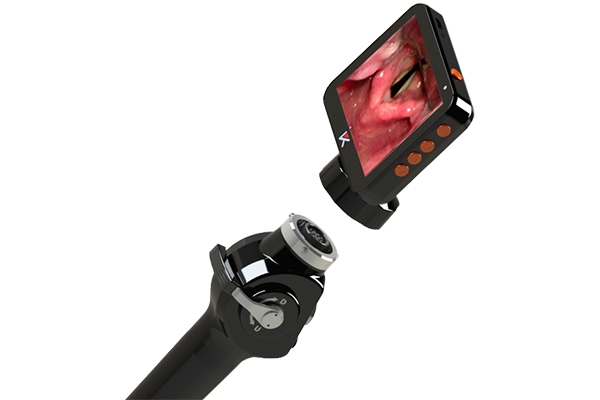
Affordable Bronchoscope: Price, Features, and What to Expect
The Role of Bronchoscopes in Modern Medicine A bronchoscope is an important medical tool. Doctors use it to look inside the lungs and airways. It helps diagnose infections, tumors, and other lung problems. It is also used to remove blockages and take tissue samples. Hospitals and clinics rely on bronchoscopes for many procedures. A clear ... Read more
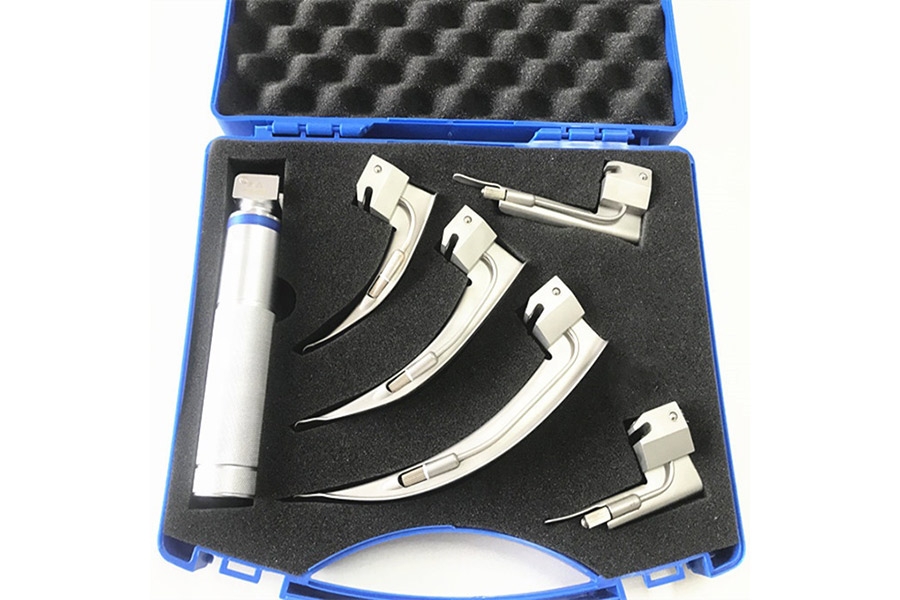
Laryngoscope mole Fiber optic: A Clearer View, A Safer Airway
The Laryngoscope mole Fiber optic is a tool for airway management. It helps doctors see inside the throat. It has a fiber optic system that gives a bright and clear view. Doctors use it to guide breathing tubes into the airway. It makes intubation easier and safer. This laryngoscope works with different blades. The Miller blade ... Read more
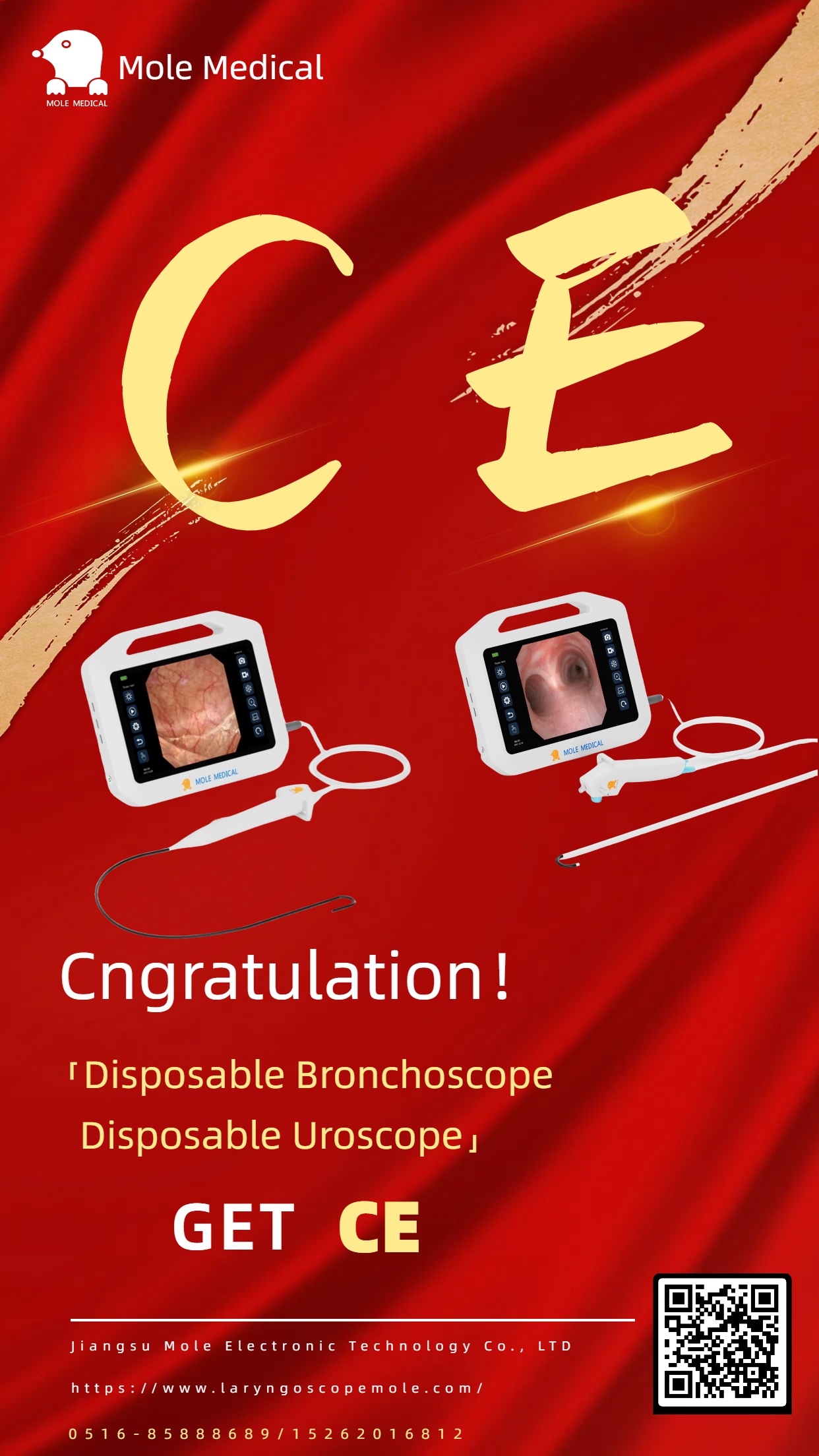
CE Get√ Disposable bronchoscope and Disposable uroscope!
CE Get√disposable bronchoscope and disposable uroscope!Factory direct sales. Welcome to inquire. OEM is available.

Mole Medical invites you to meet at Expomed Eurasia 2025
Mole Medical invites you to meet at Expomed Eurasia 2025 Mole Medical sizi Expomed Eurasia 2025'te buluşmaya davet ediyor

Mole Medical invites you to meet the 91st China International Medical Equipment Fair (2025 Shanghai CMEF)
Dear partners at home and abroad:In the era of the booming development of global Medical technology, Mole Medical has always adhered to the original intention of innovation, and made intensive efforts in the field of medical endoscopes, constantly making technological breakthroughs and developing high-quality products. On this occasion, we cordially invite you to attend the ... Read more



